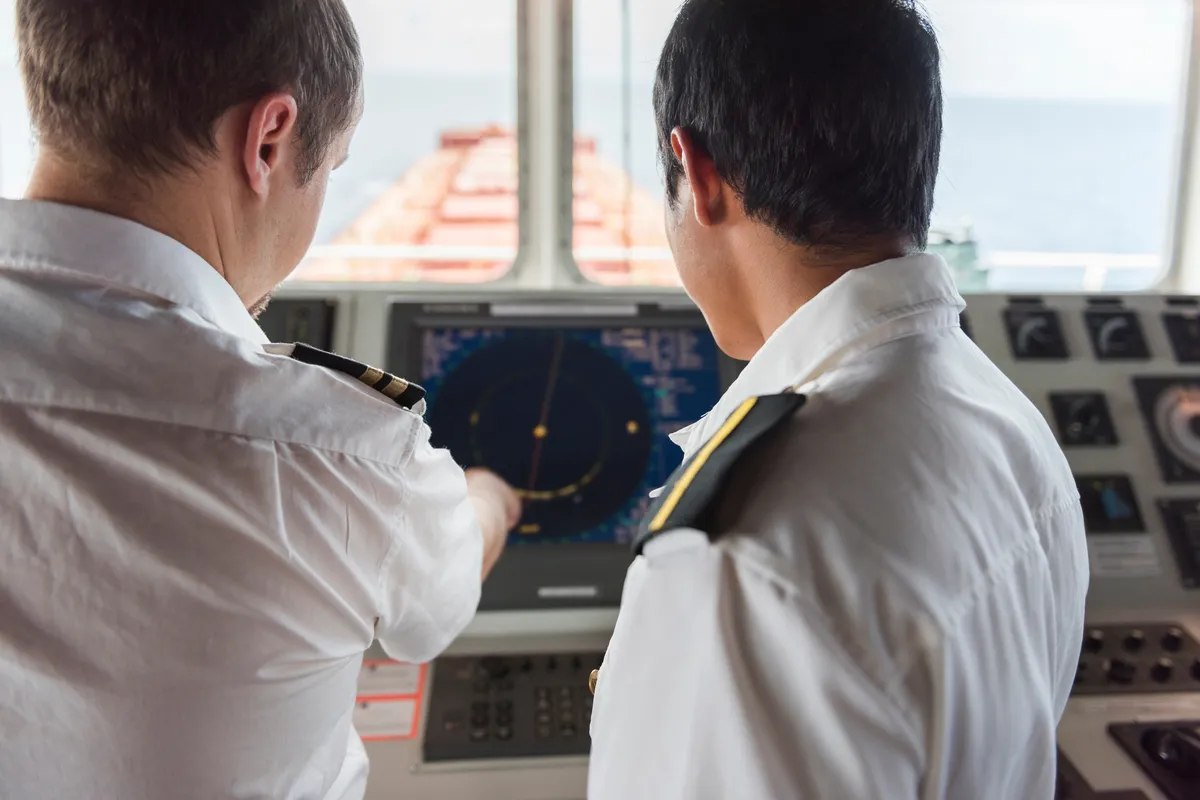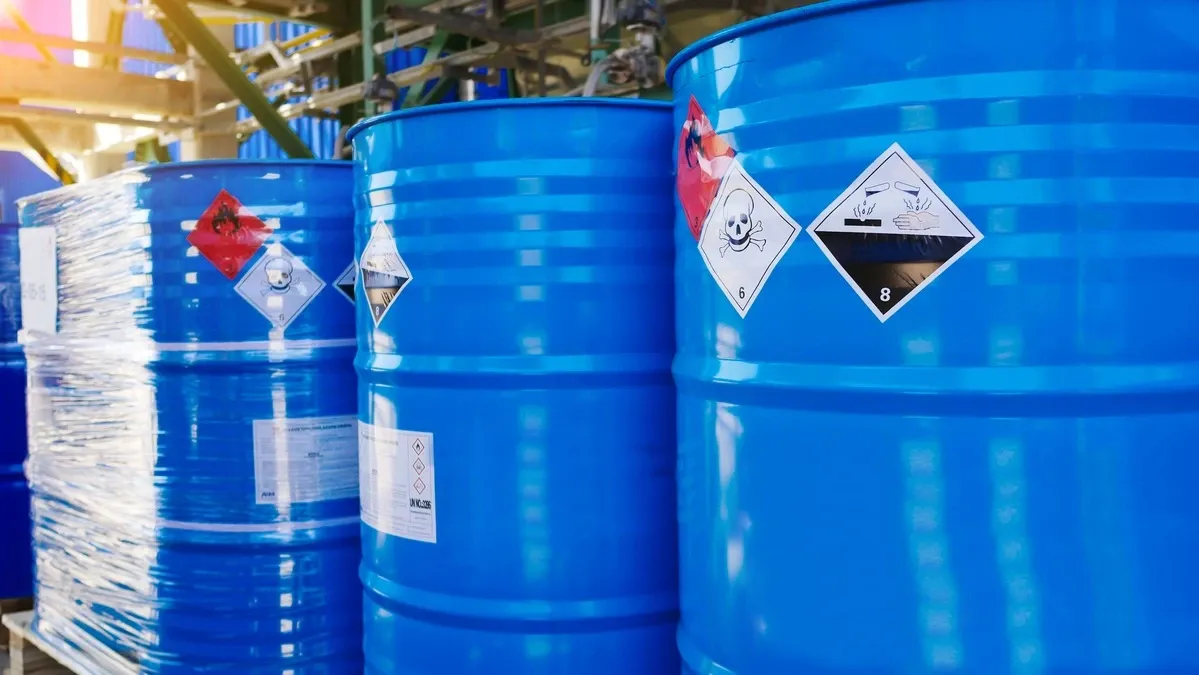The International Maritime Organization has issued the Guidance framework for the application of casualty cases and lessons learned to seafarers' education and training.
This circular has been published on December 6th, 2022.
The Maritime Safety Committee, at its 106th session (2 to 11 November 2022), approved the Guidance framework for the application of casualty cases and lessons learned to seafarers' education and training (the Guidance framework), as set out in the annex (below), prepared jointly by the Sub-Committee on Human Element, Training and Watchkeeping, at its eighth session (7 to 11 February 2022), and the Sub-Committee on Implementation of IMO Instruments, at its eighth session (25 to 29 July 2022).
The Guidance framework is intended to provide instructors with practical procedures to apply casualty cases and lessons learned more effectively to the training of seafarers, with the aim to reduce risks emanating from the human element, and to enhance the overall quality and safety awareness of seafarers in order to ensure the safety of life at sea and the protection of the marine environment.
Member States are invited to use the annexed Guidance framework when applying casualty cases and lessons learned to the education and training of seafarers and bring it to the attention of training institutions, instructors, shipping companies and all parties concerned.
Annex
Introduction
1 Human element is an important cause of casualties at sea and is also a long-standing output in the Sub-Committee on Human Element, Training and Watchkeeping (HTW).
In the past, numerous casualty cases and lessons had been identified and summarized but it is not yet known how many have been effectively applied to the education and training of seafarers.
Applying casualty cases and lessons learned to the training of seafarers can reduce the risk related to human element and prevent casualties from repeated occurrence.
2 IMO encourages Member States to report and obtain marine casualty information through the Marine Casualties and Incidents (MCI) module of the Global Integrated Shipping Information System (GISIS) and to apply those casualty cases and lessons learned to seafarers' education and training.
Many casualties at sea are directly related to factors such as inadequate training of seafarers and lack of safety awareness. Case teaching is an important means of developing skills in education and training of seafarers, but there is no documentation on how to utilize casualty cases and lessons learned for seafarers' education and training in a timely and effective manner.
Purpose
3 An effective guidance framework is set out to provide instructors with practical procedures to apply casualty cases and lessons learned more effectively to the training of seafarers, with the aim to reduce risks emanating from the human element, and to enhance the overall quality and safety awareness of seafarers in order to ensure the safety of life at sea and the protection of the marine environment.
Procedure
4 The procedure for applying casualties and lessons learned to the education and training of seafarers includes three steps comprising collection, application and evaluation of casualty cases:
Collection
- .1 IMO has made the GISIS MCI module public by default and Member States can effectively utilize the casualty investigation reports in the module to implement education and training accordingly.
- .2 Competent authorities collect and summarize relevant casualty information in a timely manner, including, but not limited to, facts, cause analysis and safety recommendations.
- .3 Training institutions collect cases in a timely manner through different channels, including sources, such as the GISIS MCI module, official websites of Member States and relevant organizations that publish casualty information; shipping companies, classification societies and insurance agencies.
Application
- .4 Casualty investigation reports may be used for the education and training of seafarers. Instructors are encouraged to identify potential risks according to the casualty process, analyse the causal factors such as improper operations and management, and state any preventive measures to be taken for each risk point. They can also describe the common improper practices to the seafarers and strengthen the risk identification effect. Mitigation measures should be targeted when casualties occurred due to inadequate implementation of seafarers' identification of potential risks and pre-control measures.
- .5 Instructors should conduct goal-oriented case teaching according to the classification of seafarers, which is based on seafarers' maritime qualifications and experience during the training. For students, case teaching should focus on safety and warning education, and training can be used with more pictures, videos and other intuitive means to build cases so that students can better understand them. For in-service seafarers, case teaching should concentrate on the root cause of cases, risk source identification and targeted managerial preventive measures. Group discussions, scenario simulation, brainstorming and other forms can be flexibly used in teaching to encourage seafarers to fully discuss and accumulate experience and lessons.
- .6 Shipping companies are encouraged to inform the ship and seafarers under their management of casualties in a timely manner. Shipping companies can transform casualties and lessons learned into seafarer training through regular training, pre-service training, risk manuals and circulars.
- .7 Training institutions should encourage everyone involved, so that seafarers can analyse the causes of casualties in light of their own work experience and stimulate thinking and discussion in the course of the organization of training. Meanwhile, training should focus on the human element, organizational management, situational awareness, etc. in order to develop the ability of seafarers with good seamanship and ascertain the most beneficial mitigation measures based on the circumstances.
- .8 Simulators, virtual reality technology, group discussions and other means can be considered at the stage of application to give full play to the subjective initiative of seafarers and deepen their understanding according to the training needs.
Assessment
- .9 Periodic assessments should be conducted of the effect of applying cases and lessons learned to seafarers' education and training through statistics, questionnaires, self-evaluation, etc. and the training procedures should be adjusted as appropriate.
- .10 Competent authorities should conduct statistical analysis of the cases collected in a timely manner, summarize the casualty patterns and predict the trend.
Communication and cooperation
5 Communication and cooperation on the application of casualties and lessons learned in the education and training of seafarers should be developed. Competent authorities, maritime academies and training institutions are encouraged to carry out bilateral or multilateral communication and cooperation.
Safety culture
6 Safety culture is essential to ensuring full compliance with the rules dealing with safety practices. A flawed safety culture has been blamed for a large number of casualties at sea. Therefore, the importance of the safety culture should be taken into account when applying casualties and lessons learned to the education and training of seafarers.
RELEVANT DOCUMENTS (AVAILABLE ONLY TO SUBSCRIBERS):










Related News
IMO revises guidelines for high manganese steel in cryogenics
Jul 26, 2024
IMO's 2020 report on marine waste dumping permits under the London Convention and Protocol
Jul 25, 2024
IMO: Revised emergency response procedures for dangerous goods - updated EmS Guide
Jul 24, 2024